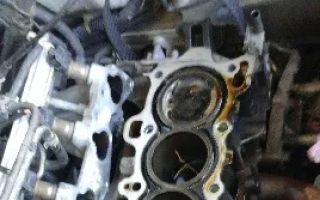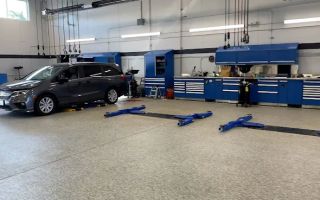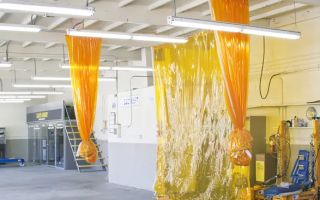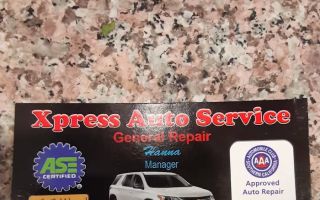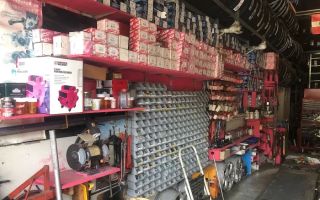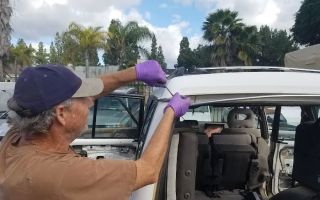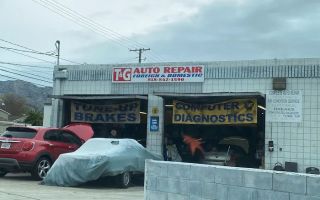How Long Does It Take to Fully Charge a Car Battery After a Jumpstart?
Understanding Car Battery Jumpstart and Charging Process
We’ve all been there—stuck with a car that won’t start, and the only solution at the moment is to give it a jumpstart. Jumpstarting a car is often a quick and effective way to get your vehicle running again, but once your car is up and running, the next question that comes to mind is: how long will it take to fully charge the battery? This is a question I’ve asked myself several times, especially after finding myself in situations where my car battery dies unexpectedly.
To understand how long it takes to charge a car battery after a jumpstart, it's important to first understand how the car’s electrical system works. A typical car battery is responsible for starting the vehicle and powering its electrical systems when the engine is off. The alternator, however, is responsible for recharging the battery while the engine is running. When you jumpstart a car, you’re essentially providing the battery with enough power to get the engine running, but the alternator is the one that does the real work of charging it back to full capacity.
In this article, I will explain the factors that affect how long it takes for a battery to fully charge after a jumpstart, provide insights from my own experiences, and give you practical advice on how to ensure your battery gets charged effectively. Whether you’ve jumpstarted your car on your own or needed to call for roadside assistance, this guide will help you understand the entire process and what to expect.
Factors That Affect Charging Time
After getting my car jumpstarted, I used to wonder how long it would actually take for the battery to recharge to its full capacity. Over the years, I’ve learned that there are several factors that influence this charging time, and understanding them can help you manage your expectations. Here are the main factors to keep in mind:
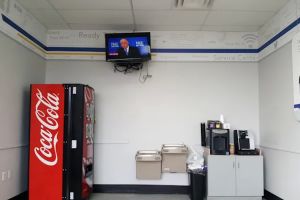
NTB-National Tire & Battery
6315 Prentiss School Dr, Canal Winchester, OH 43110, USA
1. Engine RPM (Revolutions Per Minute)
One key factor that affects charging time is the engine’s RPM. When you jumpstart a car, the alternator starts charging the battery as soon as the engine is running. The alternator works more efficiently at higher RPMs, meaning the faster the engine is running, the quicker the battery will charge. In my experience, I noticed that on a highway drive, my battery seemed to charge faster compared to when I was idling in traffic. This is because the alternator is spinning faster, generating more power to recharge the battery.

AutoZone Auto Parts
1900 N Lakewood Blvd, Long Beach, CA 90815, USA
2. Age and Condition of the Battery
The age and overall health of the battery also play a significant role in the charging process. Older batteries or batteries that have been poorly maintained may not hold a charge as efficiently. I’ve had a battery in my car that was several years old, and after a jumpstart, it took longer to recharge, and I noticed the battery wasn’t holding a charge as well as it used to. If your battery is nearing the end of its lifespan, it might take longer to charge, or it may fail to charge fully even after a long drive.
3. Battery Charge Level at the Time of Jumpstart
The state of the battery at the time of the jumpstart can also impact how long it will take to charge fully. If your battery is completely dead, it will naturally take longer to recharge compared to a battery that is only partially drained. I once jumpstarted a car with a nearly empty battery, and it took a couple of hours of driving to get it back to full charge. On the other hand, a battery with some charge left may take less time to recharge fully.
4. Electrical Demand While Driving
The electrical load from your car’s accessories can affect how much energy the alternator needs to generate to recharge the battery. If you’re using a lot of power-consuming accessories like the headlights, air conditioning, or the stereo, the alternator may have to work harder to both power these devices and recharge the battery. I’ve noticed that after a jumpstart, if I left the air conditioning on high or the lights running, it took longer for the battery to charge, as the alternator was being asked to do more work than usual.
5. Driving Conditions
Driving conditions, such as stop-and-go traffic versus highway driving, also play a role in how quickly your car battery charges after a jumpstart. In my experience, driving on the highway at a steady speed allows the alternator to work at its most efficient level, providing a quicker charge. On the other hand, frequent stops or idling in traffic can slow down the charging process since the alternator doesn’t get as much opportunity to generate power.
How Long Does It Take to Fully Charge a Car Battery After a Jumpstart?
Now that we understand the factors that influence the charging time, let’s get into the specifics of how long it typically takes to fully charge a car battery after a jumpstart. Based on my experience, the time it takes for a car battery to charge can vary widely depending on the circumstances. However, there are general estimates we can use:
1. Time for Basic Recharge
Typically, a car’s battery will take around 30 minutes to 2 hours of driving to regain a basic charge after a jumpstart. If you're driving at a moderate speed on the highway, the battery will charge faster than if you are idling in city traffic. I’ve found that, on average, about an hour of highway driving can give the battery enough charge to start the car again, but it might not reach a full charge in that time.
2. Fully Recharging the Battery
If you want to fully charge the battery, it could take anywhere from 2 to 4 hours of continuous driving, depending on the battery’s health and driving conditions. I remember once driving for several hours after a jumpstart, and only then did the dashboard indicators show a fully charged battery. While the car may seem to be running fine after a jumpstart, it’s crucial to allow enough time for the battery to recharge fully. Simply relying on short trips around town may not give the alternator enough time to recharge the battery completely.
3. Charging Time Variations
Again, it’s important to note that these times can vary. If the battery is old or damaged, it may take longer to reach a full charge, or it may never fully charge at all. On the flip side, a newer, well-maintained battery may charge faster. I’ve had instances where my car battery recharged within an hour, and others where I had to drive for much longer to see the same results. Keep in mind that if your battery is consistently taking longer to charge, it could be an indication that it’s time for a replacement.
Steps to Ensure a Successful Recharge After a Jumpstart
Having jumpstarted your car and now dealing with the aftermath of a battery recharge, there are a few steps you can take to ensure that your car battery is charging correctly and efficiently. Here’s what I do after a jumpstart to make sure I’m on the right track:
1. Avoid Power-Hungry Accessories
After a jumpstart, it’s best to turn off any non-essential accessories to ensure the alternator can focus solely on recharging the battery. I avoid using the air conditioning, stereo, or headlights unless necessary. This allows the alternator to direct its full attention to the battery without being distracted by extra electrical demands.
2. Drive on the Highway
As I mentioned earlier, driving on the highway or at higher speeds helps the alternator charge the battery faster. It’s more efficient than stop-and-go city driving. I’ve made it a habit to drive on the highway for at least 30 minutes after a jumpstart to give my battery the best chance of reaching a full charge. If possible, aim for a longer stretch of highway driving for optimal results.
3. Monitor the Battery Status
Keep an eye on your car’s dashboard to monitor the battery charge. If the charge doesn’t seem to be improving, or if the battery warning light stays on, it could be a sign that the battery or alternator needs professional attention. I’ve had times when I needed to pull over and have my car checked to ensure the battery wasn’t faulty.
When to Seek Professional Help
If your car battery continues to show signs of not holding a charge, even after driving for hours, it might be time to seek professional help. This could indicate a deeper issue with the alternator or the battery itself. In such cases, I recommend getting in touch with a trusted auto service or calling a roadside assistance provider like Rescue & Towing for help. A professional mechanic can test your battery and alternator to pinpoint the exact cause of the problem and recommend a solution.


